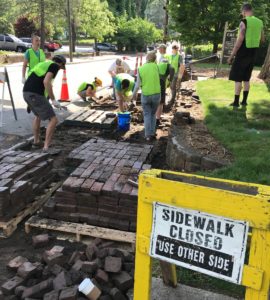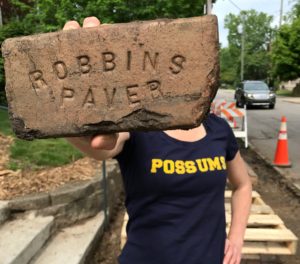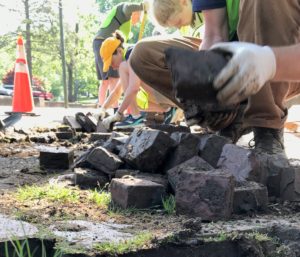|
Why Preservation?
Answer: The Environment
by Josi Ward
As the warnings of climate scientists become increasingly urgent, preservationists are ready to remind the public that historic buildings are “greener” than many may initially suppose. This is not only because historic buildings were often designed to take advantage of natural daylight, ventilation, and passive solar before invention of electric lighting and powered heating and cooling. Historic buildings also have something that no new buildings do: embodied energy. The concept of embodied energy—that is, all of the material and human energy consumed by the initial building process—is critical to understanding how historic architecture can help communities reduce their carbon consumption immediately. When the embodied energy of existing buildings is taken into account, demolition and reconstruction is almost never the most environmentally beneficial option.

To quantify the environmental impacts of historic preservation, the National Trust for Historic Preservation’s Preservation Green Lab conducted a groundbreaking study in 2016 and its findings were clear. The Greenest Building: Quantifying the Environmental Value of Building Reuse found that building reuse almost always consumes less energy when compared to demolition and construction of new buildings, even energy efficient ones. Adaptive reuse not only reduces resource consumption, it also keeps enormous amounts of construction waste out of our landfills, and often preserves undeveloped land by encouraging the rehabilitation of already-developed land.
In order for the environmental advantages of preservation to become more widely known, we all need to let go of disproved notions of old buildings as inefficient. And we need to think creatively about how our local communities and government programs can encourage property owners to seriously consider the short- and long-term benefits of reuse and renovation before resorting to demolition and construction of “energy efficient” replacements.
|






0 thoughts on “Sustainable Historic Preservation”